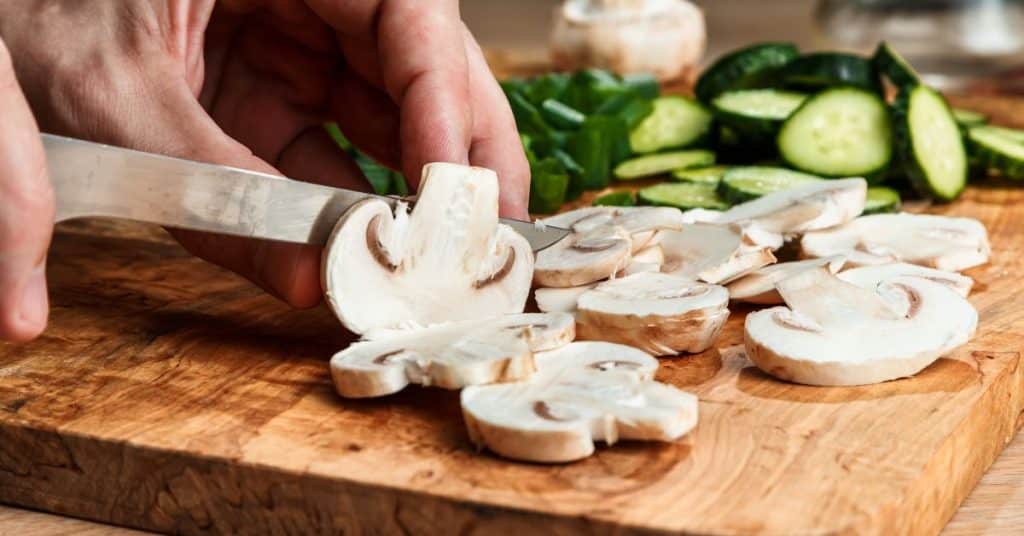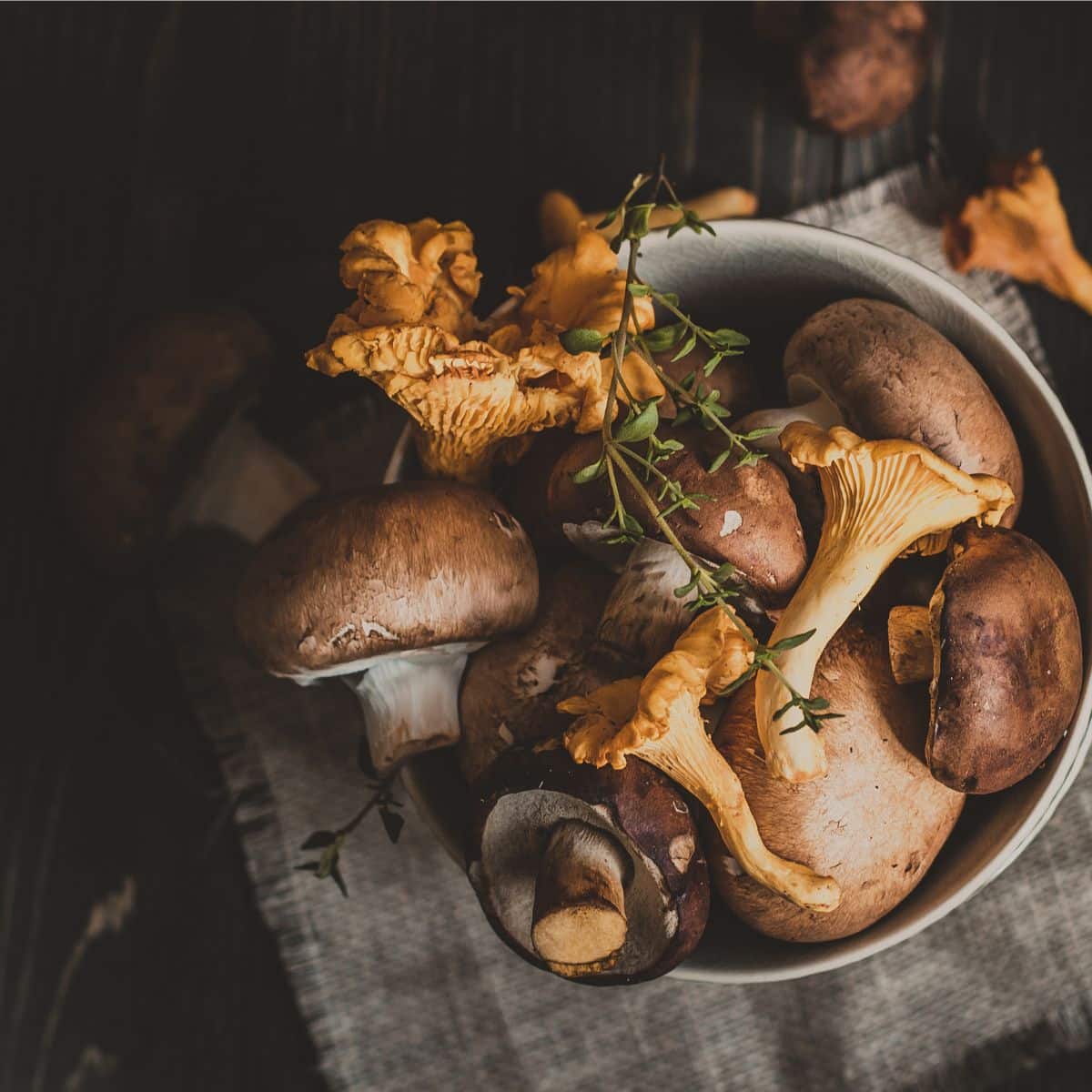

Vitamin D is an important consideration all year, not only during the winter. One billion people worldwide struggle to obtain the recommended amount of vitamin D. Risk factors for deficiency include old age, living in a nursing home, obesity, and being hospitalized. In the US, 35 percent of adults are deficient, while deficiency rates in countries like India, Bangladesh, and Pakistan are as high as 80 percent.[1]
The greatest concentration of vitamin D comes from direct sun exposure. Indeed, we make 50–90 percent of our vitamin D from sun exposure, with the rest coming from food or supplements. If you live above the 37th parallel (or equally close to the South Pole), you will want to find ways to supplement vitamin D during the winter.[2] As an Atlanta, Georgia, resident, I am lucky to be able to form vitamin D from the sun year-round. I am also fortunate to be able to make it outside and stand in the sun on cold winter days. Those who work long shifts indoors during the day are more likely to be vitamin D deficient, regardless of location.
This raises a common question: what supplements can help you achieve adequate vitamin D levels? And are there healthy, delicious whole food, plant-based alternatives? The answer is yes.
Recommendations vary by country. The United States and Canada suggest 15–20 μg/day (600–800 IU), while Australia and New Zealand suggest 5–15 μg/day (200–600 IU). The European Food Safety Authority suggests 15 μg/day (600 IU), and the United Kingdom suggests 10 μg/day (400 IU).[1]
Do these recommendations apply equally to D2, D3, and D4? There does not seem to be a convincing consensus as to which is best. While a meta-analysis comparing D2 to D3 found that D3 from cholesterol (cholecalciferol) performed better than D2 from yeast (ergocalciferol), only three of the ten studies they reviewed were randomized, double-blinded placebo-controlled trials. Additionally, there were inconsistencies in the research methods—how the vitamin was administered, the size of the dose, and the measurement of vitamin D status—often without explanation for the chosen methods.[3] Also, the meta-analysis only included isolated versions of the hormone, not mushrooms. This is consistent with most scientific research on vitamin D: the literature on the best source features nonstandard methods and is often neglectful of mushrooms and vitamin D4 altogether.
Our bodies can make vitamin D3 when exposed to sunlight, but did you know that mushrooms have a similar ability? When mushrooms receive adequate sunlight, they can make vitamins D2 and D4; additionally, shiitake mushrooms can make D2, D3, and D4.[4] In fact, all commonly consumed mushrooms seem to have provitamin D4 (the substance that can convert into D4) and the ability to convert it given the right UV conditions.[5]
In a seminal paper on mushrooms and vitamin D, published in 1994, Finnish researchers found that white button mushrooms contained only 0.21μg/100g, whereas chanterelles had an astonishing 29.82μg/100g.[6] One hundred grams of mushrooms is about one cup of chopped mushrooms or three white button mushrooms. Seeing those amounts, you might start to seriously consider mushrooms as a vitamin D source. But what explains the massive difference between white button mushrooms and chanterelles? Does it mean that mushrooms are an inconsistent or unreliable source of the nutrient?
When mushrooms grow in the wild, they have access to sunlight, but white button mushrooms are often grown in the dark. It would appear from these findings that foraging for mushrooms is the best option, but researchers have continued to explore other options.

Since the 1994 landmark study, researchers have discovered that you can increase the level of vitamin D even in conventionally grown mushrooms. According to four different studies, placing white button mushrooms in the midday sun for 15–20 minutes is enough to help them form 10μg/100g, which would give you the recommended daily dose of vitamin D.[7] This changes based on the time of year and the sun’s intensity. Also, mushrooms that are chopped and placed gill-side up form more vitamin D than whole mushrooms placed gill-side down.
Farmers able to expose fresh mushrooms to UV-B light can generate up to 40μg/1g of dried mushrooms. Yes, that single gram of dried mushroom would give you four-fifths of your daily recommended dosage![7]
In 1999, researchers conducted one of the first head-to-head trials between vitamin D2 supplementation and wild chanterelles.[8] The results showed that, given the same doses of vitamin D, the mushrooms could raise vitamin D levels as much as the supplements.
This research has been repeated five times with similar success; studies have also looked into the mushroom’s ability to promote bone health by delivering adequate vitamin D to animals.[7] One of the most exciting studies was a single-blind, randomized, placebo-controlled trial in Europe that took place during the winter. The researchers had the experimental group consume their vitamin D from 200 grams of irradiated mushrooms (28,000 IU [700 μg]) in a soup. They compared this to a placebo using nonirradiated mushrooms and a group that received equal doses of a D2 supplement. The results again confirmed that mushrooms were able to continually raise serum vitamin D levels in the body consistent with vitamin D2 supplementation.[9]
When whole oyster mushrooms were compared to shiitake mushrooms, the oyster mushrooms could form more than twice as much D2. After 60 minutes of UV-B exposure, the sliced oyster mushrooms measured 140μg/g of dried mushroom. These mushrooms alone could give you enough vitamin D for the winter as long as they are grown outdoors, exposed to light, and properly preserved. (Watch this video to learn how to identify oyster mushrooms; they are one of the easiest mushrooms to identify in the United States, with no deadly look-alikes.)
Long periods of cooking can damage vitamin D levels. For example, frying without oil for five minutes can reduce vitamin D in chanterelles by 15 percent, and boiling the mushrooms for longer durations can reduce their vitamin D content by 40 percent. Luckily, you don’t need to cook mushrooms longer than five minutes, and you can increase the amount you eat without worrying about side effects or overdosing.
If you forage mushrooms, the optimal time to consume them may be the day you pick them, but that doesn’t mean you can’t also store them. Vitamin D content tends to fade over time, but it does not disappear even after months of storage. If you pick and harvest them in the summer and fall, expose them to adequate light, and store them for a few months, you should still be able to enjoy them in the winter.
The factors influencing your ability to absorb these nutrients, plus the quantity of vitamin D in a particular mushroom, are complex and interconnected. Doctors and scientists might recommend that you opt for pills and supplements because it is easier to know and control the exact proportions of a vitamin or mineral.
Although not all supplements contain what they claim, you might feel that eating wild mushrooms is a less reliable way to ensure adequate vitamin D. And that may be true. Unless you are willing to invest in costly equipment to test vitamin D levels, you will have to accept some degree of uncertainty if choosing to make mushrooms your primary source of vitamin D. That choice is yours, and you should discuss it with your healthcare provider. I choose to get plenty of sunlight and eat plenty of mushrooms, but each person needs to find the strategies that best support their health. I hope after reading this article you will at least have a new perspective on a different way to get vitamin D into your diet.
Copyright 2025 Center for Nutrition Studies. All rights reserved.